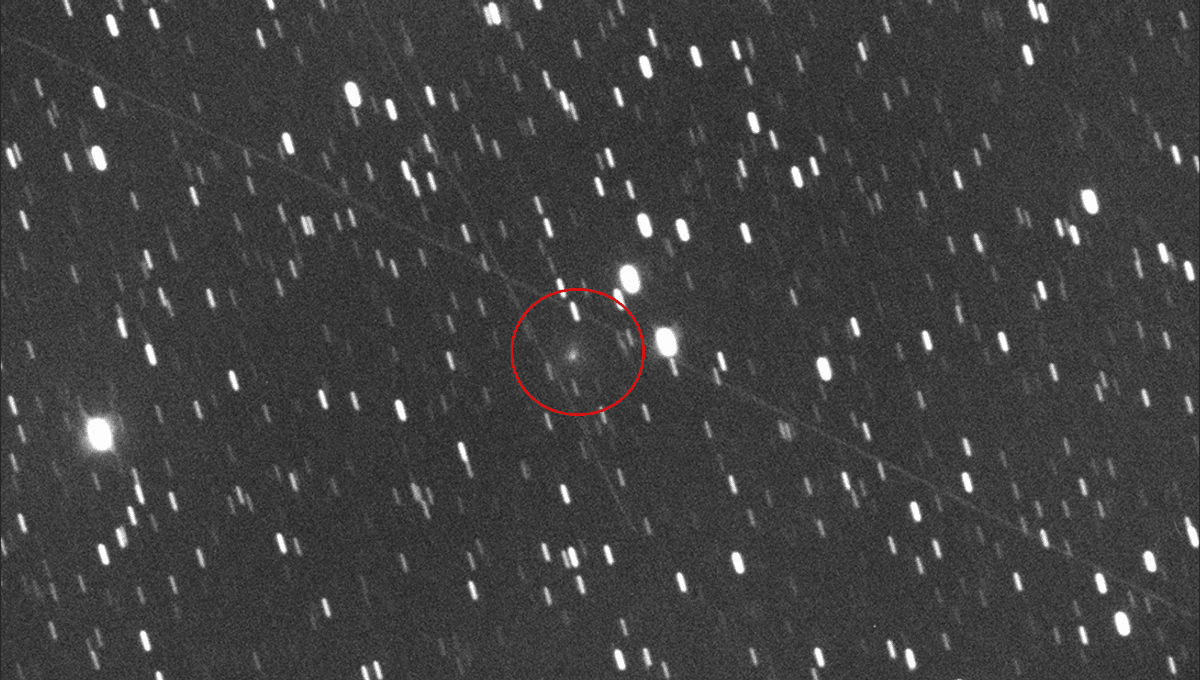
While the world waits to see comet C/2023 A3 (Tsuchinshan-ATLAS) brighten up our skies a little later this month, astronomers bring more good news. A newly discovered comet should be visible later this month, possibly outshining Venus.
On September 27, the NASA-funded Asteroid Terrestrial-impact Last Alert System (ATLAS) on Mauna Loa in Hawai’i spotted the new comet, which has temporarily been named A11bP7I. The comet appears to be a sungrazer, which means that it passes extremely closely to the Sun at perihelion, or its closest approach.
As comets approach the Sun in their orbit and heat up, they outgas, losing gas and later (when they are even closer to the Sun) dust, which forms their distinctive trail or coma. Sungrazer comets are especially bright, meaning that we could be in for a treat later this month as it makes its closest approach.
On October 28, the comet will make its closest approach to the Sun, and in the Northern Hemisphere, it could shine brighter than Venus in the morning sky, or even become visible during daylight hours.
That is by no means guaranteed, however. Technically, the comet is a subset of sungrazers known as Kreutz Sungrazers, named after astronomer Heinrich Kreutz who studied them in the late 19th Century.
“The Kreutz sungrazers get to within about 50,000 kilometres [31,068 miles] of the surface, just passing through the lower regions of the solar atmosphere (the corona),” the European Space Agency explains. “Most simply evaporate in the hot solar atmosphere.”
Time will tell whether A11bP7I survives its encounter and brightens our skies. If not, Comet Tsuchinshan-ATLAS has survived its own encounter and will be visible very shortly to those who know where to look.
Source Link: Newly Discovered Sungrazer Comet A11bP7I Could Soon Be Brighter Than Venus